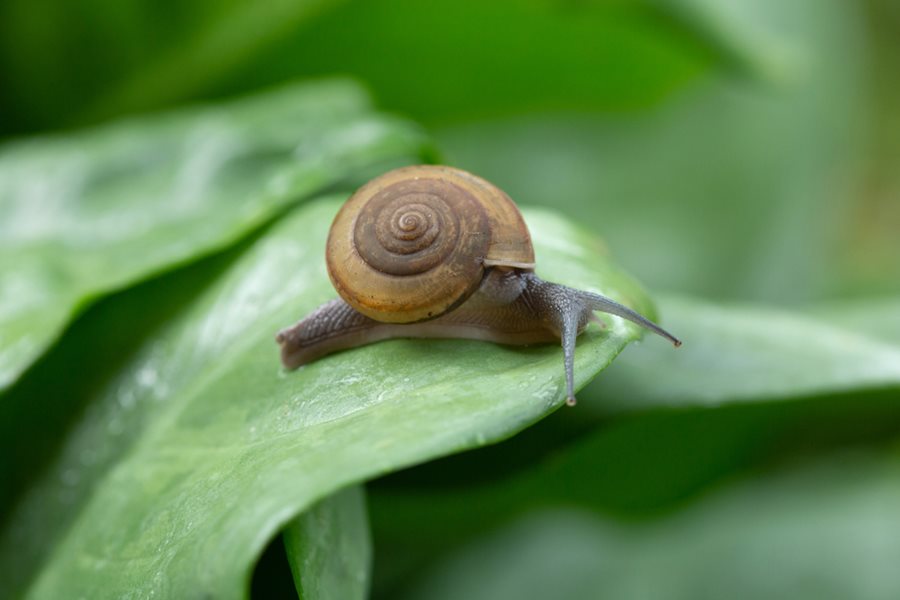Introduction
Tiny snails in the garden can quickly become a frustrating problem for gardeners. These small mollusks feed on leaves, stems, and seedlings, causing visible damage and impacting plant health. Getting rid of tiny snails requires a strategic approach that balances effectiveness with safety for your plants and the environment. This article explores proven, expert-backed methods to control and eliminate tiny snails in your garden while maintaining a healthy ecosystem.
Why Tiny Snails Are a Problem in Gardens
Tiny snails, often less than half an inch, thrive in moist environments and can multiply rapidly. They consume tender plant parts, leaving holes and ragged edges on leaves. If left unchecked, snail infestations can stunt plant growth and reduce crop yields.
Common Signs of Snail Damage
- Small, irregular holes on leaves
- Slimy trails on plants or soil
- Seedlings wilting or disappearing overnight
Understanding these signs early helps gardeners intervene before damage spreads extensively.
Natural Methods to Get Rid of Tiny Snails
1. Handpicking and Physical Barriers
Regularly inspect plants and remove snails by hand, especially during damp mornings or evenings when they are most active. Use gloves and dispose of snails away from your garden. Additionally, create barriers using:
- Copper tape or strips around pots and beds—copper reacts with snail slime, deterring them.
- Crushed eggshells or diatomaceous earth sprinkled around plants to create rough textures that snails avoid.
2. Encourage Natural Predators
Introducing or attracting natural snail predators can help maintain snail populations:
- Birds such as thrushes and blackbirds
- Frogs and toads that hunt at night
- Ground beetles and certain types of nematodes
Planting diverse vegetation and providing water sources encourage these beneficial creatures.
Organic and Chemical Treatments for Snail Control
1. Iron Phosphate Baits
Iron phosphate-based snail baits are an effective and environmentally safe option. Unlike traditional metaldehyde baits, iron phosphate is non-toxic to pets and wildlife. When snails ingest it, they stop feeding and die within a few days. Apply these baits according to label instructions, focusing on affected areas.
2. Beer Traps
Beer traps attract snails using yeast’s scent, causing them to fall in and drown. To make one:
- Bury a shallow container up to its rim near plants.
- Fill it with beer.
- Check and empty the trap regularly.
This method is non-toxic and can reduce snail numbers effectively.
Preventive Measures to Keep Tiny Snails Away
1. Garden Hygiene
Clean up plant debris, fallen leaves, and weeds where snails hide and lay eggs. Keeping the garden tidy reduces snail habitat.
2. Watering Practices
Snails prefer damp conditions. Water your garden early in the day to allow soil and foliage to dry before nightfall, reducing the moist environment snails favor.
3. Plant Selection
Incorporate plants less attractive to snails, such as lavender, rosemary, or fennel, to create natural repellents within your garden.
Expert Insights and Real-World Examples
According to Dr. Emily Stone, a horticulturist at the National Garden Institute, “Combining physical barriers with organic baits and encouraging predators provides a sustainable, long-term solution for snail control.” A case study from a community garden in Oregon showed that regular handpicking and use of copper tape reduced snail damage by 70% within one growing season.
Conclusion
Getting rid of tiny snails in your garden requires a multifaceted approach. Combining natural deterrents, organic treatments, and preventive care creates an effective defense against these pests. Regular monitoring and timely intervention can protect your plants and promote a healthy garden ecosystem. Start with simple methods like handpicking and barriers, then integrate organic baits and attract beneficial wildlife for lasting results. Taking these steps ensures your garden thrives without harmful chemicals, supporting both plant and environmental health.
